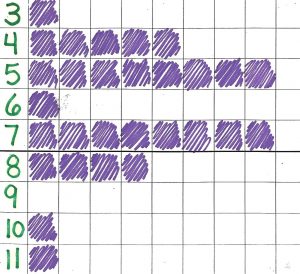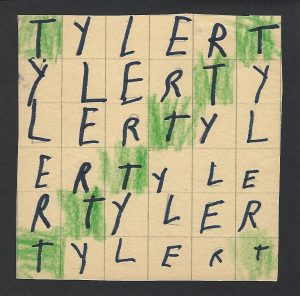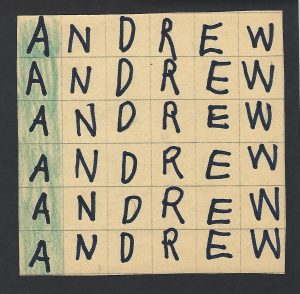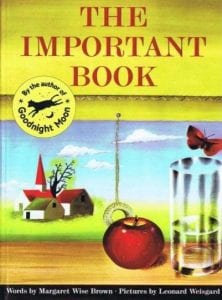by C. Elkins, OK Math and Reading Lady
I’m going to repost a few of my favorite beginning of the year articles along with some math and parent involvement tips (since last week focused more on literacy tips). I know this is coming to you on a Tuesday again this time (which is different than the normal Sunday release), due to some out of state travels (to see our grandson). I’ll get back on track here very soon.
- Here is a link to a post I made previously regarding a great back-to-school math/ literature activity: Name Graphs with “Chrysanthemum” by Kevin Henkes
- 5 letter first name
- 6 letter first name
- Looking for some good stories to read to encourage classroom community (Grades K-5)? Try this post: Back to school stories and activities
I am in the middle of a great book study: Accessible Mathematics: 10 Instructional Shifts That Raise Student Achievement by Steven Leinwand (Heinemann Publishers). Click HERE to get more details about the book. I’ll give you a rundown of what I’ve loved from this book so far:
- The quality of instruction has more impact on student achievement than the curriculum or resources we use. This means the instruction is “enhancing, empowering, energizing, and engaging.”
- “We can demonstrate, tell, and let our students practice, or we can engage and focus on understanding and application.”
- Where do you fit? Where would you like to be? Which model provides students with the opportunity for productive struggle?
- The more traditional: Teacher instructs, teacher solves example problem with class, students practice on their own while teacher assists those who need help. Or . . .
- The focus on understanding: Teacher poses a problem (though-provoking). Students struggle. Students present ideas to class. Class discusses various solutions. Teacher summarizes class conclusions. Students practice similar problems.
- Teacher questions like “Why?” and “How do you know?” invite students to explain their thinking and show different ways to solve a problem.
- Daily cumulative review is important. (I will touch more on this in later posts on ways you can incorporate this into your daily math routine where it is interesting, informative, and engaging. In the meantime, check out the categories section of my blog “Number Talks and Math Meetings“).
 Miscellaneous parent involvement tips:
Miscellaneous parent involvement tips:
One of my goals the year I worked on National Board Certification was to improve parent involvement. In the last post I mentioned keeping a log of parent contacts and writing a weekly or monthly class newsletter or blog. Here are two other things I initiated that proved very successful, so I thought I’d share them with you.
- Invite parents to write to you about their child. At the beginning of the year, I asked parents to write a note telling me about their child. I invited them to tell me the special things they wanted me as the teacher to know – to include their successes and proud moments. Perhaps even share the goals they have for their child, information about siblings, their feelings about homework, etc. This information was helpful to me to get to know the child better. Parents really appreciated the chance to tell about their child, and it set the stage for open communications with the parents. I hope you will try it.
- With the students’ help, we put together a memory book of the year’s events at school. I took lots of pictures (even of routine things like eating lunch, lining up, library time, where we put our coats, etc.). Every couple of months I printed the pictures and students chose 1 or 2 to write about. After editing the writing, the pictures and written captions were put together in a memory book (big scrapbook). We added borders, stickers, and other scrapbooking type visuals. We tried to finish the main parts of it by February so it was ready to share with the parents. It was available for viewing at conference times, and students could check it out to take home for parents to see. It was especially valuable to those parents who were not able to visit school. I put a few comment pages in the back for parents to leave notes. You wouldn’t believe how many had a much better understanding of the complex day-to-day school events and appreciated the chance to see what really goes on at school all day. After 2-3 years of making a book version, I changed it to a digital format (power point) instead of a book version (because parents wanted copies). With a digital version, you have the capability of importing graphics, etc. to make it “fancy.” I still have my books and will always cherish them.
Enjoy!! Coming soon — I’ll share more from the book “Accessible Mathematics” as well as some cool things I’ve learned from a Building Math Minds summit I attended.
Be sure invite some of your new teachers to join this blog.





